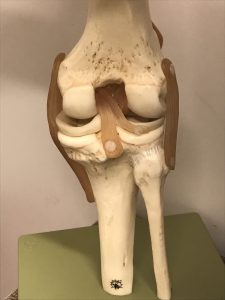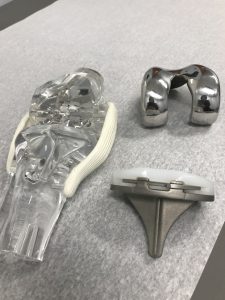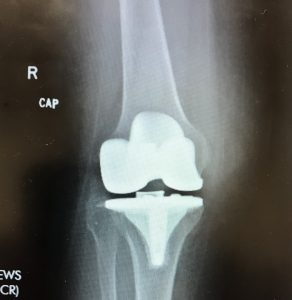KN, p. 329 “What Do Private Investigators and Police Detectives Do?”
 If there are no paragraph separations in this article, please double-click on the title to create a more readable version.
If there are no paragraph separations in this article, please double-click on the title to create a more readable version.
Private Investigators and Police Detectives are so popular as fictional characters that they are depicted in movies and TV in several different subcategories. There’s a lead character for every type of viewer: hard-boiled, amateur, dark, cozy, humorous, and everything in between. If a writer can come up with a detective or investigator that strikes a cord with any part of a crime-focused audience, he/she will be in demand for a very long time. There is a crime-solving series on TV almost every night of the week, and a mystery hungry audience out there that will watch reruns of favorite shows for years.
Investigator or Detective?
A Private Investigator is a person who works directly for clients to chase down witnesses, investigate fraud cases, provide evidence for marriage conflicts and civil suits, and find missing persons. Attorneys who handle criminal cases frequently have an investigator on staff. Both the prosecution and the defense might use investigators. The moniker ‘private detective’ is sometimes used interchangeably with Private Investigator, but it’s not the same as a ‘police detective.’ P.I.s have no arrest powers. Investigators may work for private companies, or be in business for themselves.
A Detective works for a police department or other law enforcement agency to solve crimes. They investigate, determine who the perpetrator was and discover why the crime happened. Detectives gather evidence, interview suspects and witnesses, create reports, prepare arrest warrants, and make those arrests.
P.I.s and Police Detectives sometimes work together.
Real or Fictional? There are differences between the real-life version and the purely entertainment types of investigators. In a fictional scenario, let’s say that the body of a regular customer is discovered in the back of a hair salon when the owner opens the shop in the morning. She shrieks and when calm enough to think, calls 911 to report the death. The police detective on call might arrive at the scene, close the shop (it’s a crime scene) gather information about the behavior of the customer and relationships with other customers, but would not ask the hairstylist to ask questions on his/her behalf. That’s the job of the police.
Part of the fun of watching/reading a mystery that involves an amateur is second-guessing the pros who seem to be missing the clues. Means and opportunity must be proved, along with motive, and some official law enforcement character should provide part of the solution in a realistic story.
So…what does a REAL, professional, Private Investigator do?
- Uncover facts and assess financial and personal information for clients
- Conduct interviews in order to obtain information
- Do computer searches or look at public records to do background checks
- Do surveillance work by taking photographs and/or following a possible suspect to check out their deviation from the normal routine
- Write and present reports to the client
- Work for lawyers, private citizens, and companies
While P.I.s work on cases dealing with a client’s personal issues, a Police Detective only works on criminal cases.
What skills does a P.I. need to be successful?
- Ability to look at clues and analyze how they fit (or not) into the investigation
- Communicate with people from all walks of life
- Ability to investigate without breaking the law
Whether working as a P.I. or a Police Detective, the jobs are not glamorous. The guys/gals work odd hours, including weekends and nights. It’s common to have to eat on the run, in the car, or at the desk. This is definitely not a 9 to 5 job and they often work more than one case at a time. The TV show, Magnum, P.I. (2023 version) was great fun to watch, but bent reality a bit with the always available helicopters and snipers and the ‘I know a guy’ connections.
Despite what prime-time entertainment indicates, both police detectives and private investigators must follow the law. Avoiding contamination of evidence during its collection and then following chain of custody rules is essential. The evidence must stand up to scrutiny in a court of law.
Best Route to becoming an Investigator There is no speedy way to become a fully licensed, practicing private investigator, but here are some paths others have taken after demonstrating active interest and ability:
- Work in law enforcement until retirement, then apply for the license.
- Work as a paralegal where similar skills are needed to that of an investigator in the office part of the job
- Have a career in the military first, setting up a path to private security and drug/gun related investigations in the private sector.
- Work for an insurance company and move into fraud investigations.
Education Needed A P.I. working at the level of background checks may not need a college degree, but there are a number of two and four-year courses at criminal justice institutions that would help with the knowledge needed to complete the common tasks – where to find information, methods for conducting successful interviews, etc. Computer literacy is a must.
Path to become a Detective The work can sometimes be dangerous, but if this looks like a great career, there are a few ways to make yourself look more appealing as a candidate. They also give you a better idea of what you’re getting into.
- As cases become more demanding and applications for positions become more competitive, departments in bigger cities require at least a two-year degree in criminal justice. Some departments point to a bachelor’s degree for those interested in reaching rank.
- Obtain the required level of education, then submit the application. If accepted, then police academy training is next.
- After the academy training, working as a patrol officer for several years is required before being allowed to become a police detective. Some departments will send you for additional training if you have the aptitude for detective work. Some departments allow officers who demonstrate an interest/capability, to shadow detectives on the job and will then put talented candidates right to work.
(Some information from the Bureau of Labor Statistics)
KN, p. 329 “What Do Private Investigators and Police Detectives Do?” Read More »






